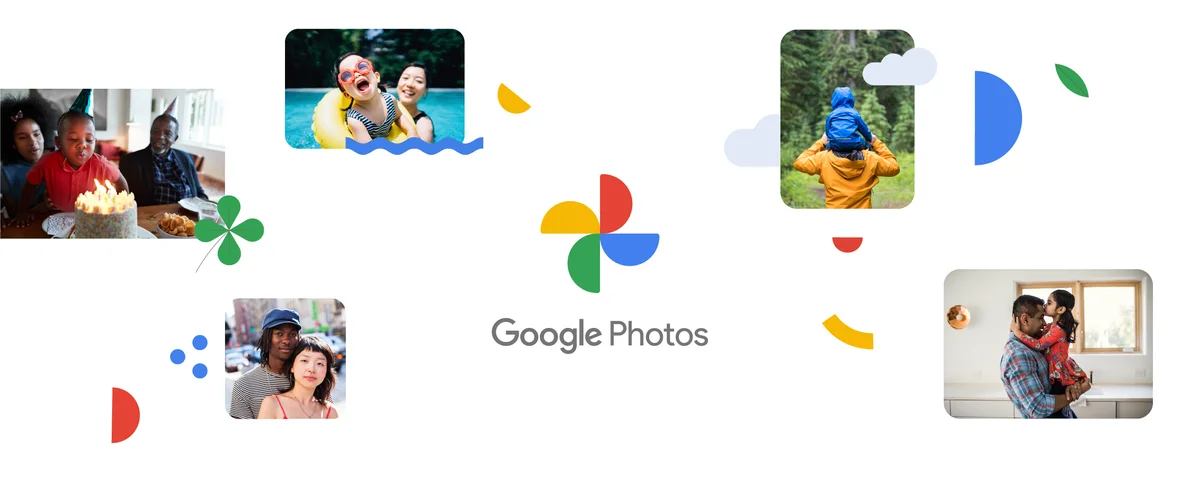Google Photos rolls out AI-powered voice and text editing on Android

Key Points
- Google Photos now supports AI‑driven photo editing on Android via voice or text prompts.
- The Gemini model powers edits ranging from lighting adjustments to object removal and creative additions.
- Users can tap “Help me edit,” receive suggested edits, and request follow‑up refinements.
- Feature initially launched on Pixel 10 devices and is expanding to the broader Android ecosystem.
- Available to U.S. users aged 18+ in English, with AI content‑credential labeling for transparency.
- AI editing aims to make complex photo enhancements accessible without traditional tools.
Google has introduced an AI-driven editing feature to Google Photos for Android users. Leveraging the Gemini model, the tool lets users describe desired changes through voice or text, handling tasks from basic lighting tweaks to advanced object removal and creative enhancements. Available initially to U.S. users aged 18 and older in English, the feature expands beyond Pixel devices to the wider Android ecosystem and includes support for AI content credentials, offering a more intuitive and transparent photo‑editing experience.
AI Editing Feature Unveiled
Google announced that Android users can now edit photos in Google Photos using artificial intelligence. The new capability lets users describe the changes they want either by speaking or typing natural‑language prompts. By tapping “Help me edit,” users can ask the Gemini‑powered AI to adjust lighting, remove distractions, delete background objects, restore old images, or even add imaginative AI‑generated elements. The system also offers suggested edits and supports follow‑up requests, allowing fine‑tuning of the results.
How the Interaction Works
The interface accepts voice commands or text input, enabling users who may not be familiar with traditional editing tools to achieve desired results quickly. Users can simply say or type “make it better,” or provide more specific instructions such as “brighten the sky” or “remove the power line.” The AI interprets the request, applies the edit, and presents the updated image for further adjustments if needed.
Technical Foundations
The feature is powered by Google’s Gemini model, which was first introduced on the Pixel 10 smartphones in the United States. While the Gemini engine initially launched on those devices, Google has expanded its availability to the broader Android ecosystem. In addition to editing capabilities, the update includes support for C2PA Content Credentials, which label images created or altered with AI, helping users identify AI‑generated content.
Rollout and Eligibility
At launch, the AI editing tools are available to users aged 18 or older who are located in the United States and are using the English language version of the app. The feature is being rolled out to Android phones beyond the Pixel 10 line, extending the functionality to a wider audience of Google Photos users.
Suggested Edits and Follow‑Up Requests
The AI also presents a set of pre‑generated suggestions that users can select with a single tap, providing quick improvement options for common issues. After an initial edit, users can issue follow‑up prompts—such as “increase contrast a little more” or “remove the blemish on the left”—and the system will refine the image accordingly. This iterative approach mirrors a conversational workflow, reducing the need for manual slider adjustments.
Implications for Users
By simplifying complex edits through conversational interaction, Google aims to make photo enhancement more accessible. The ability to request advanced changes—such as object removal or creative additions—without navigating menus could encourage more frequent use of editing features and broaden creative expression among casual photographers.
Looking Ahead
Google’s integration of Gemini into Google Photos signals a broader push to embed generative AI across its consumer services. By pairing AI editing with content‑credential metadata, the company addresses both creative convenience and transparency about AI‑generated media. While the current rollout is limited to the United States and English speakers, the functionality may expand to additional regions and languages as the technology matures.